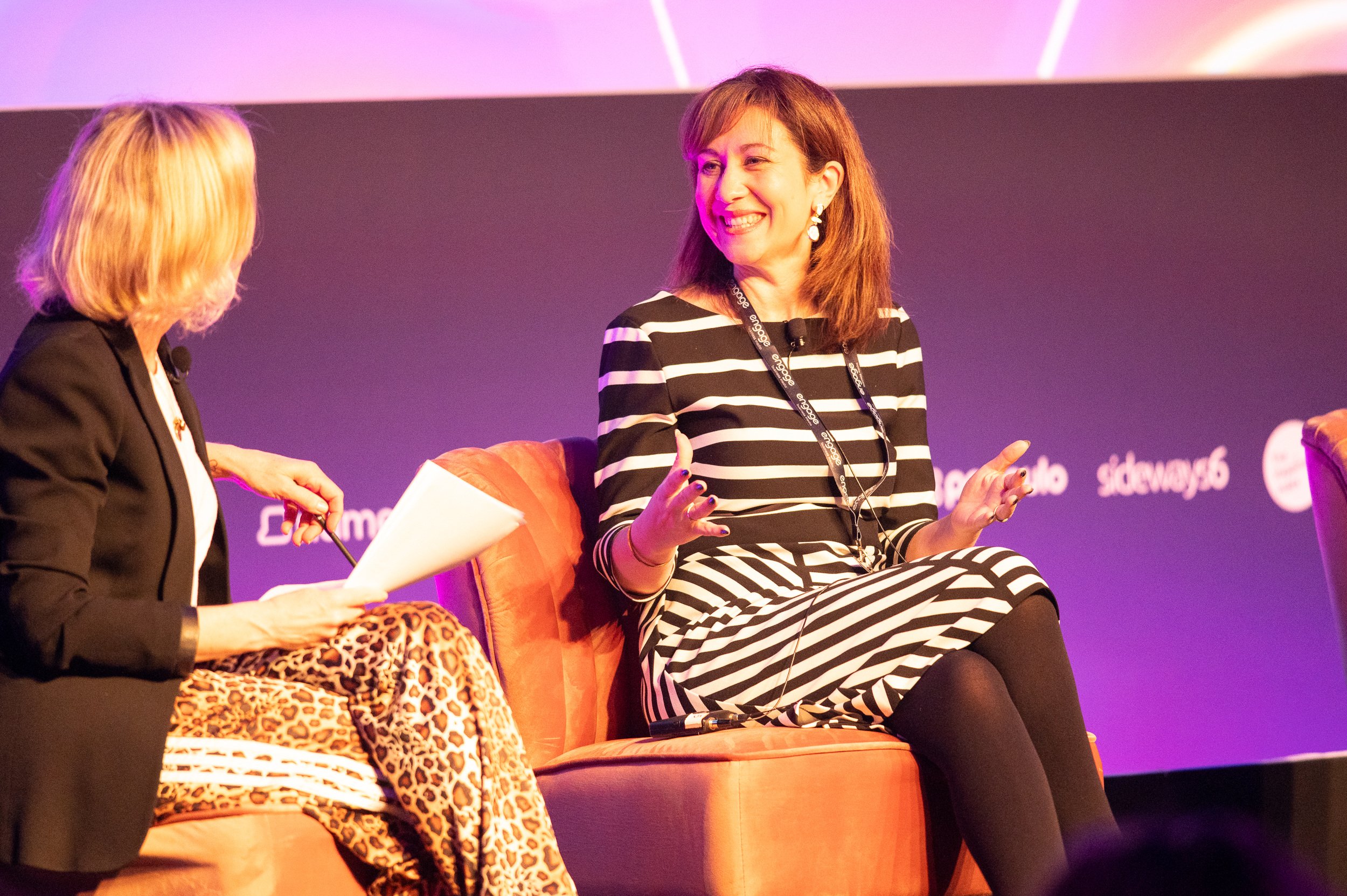Stronger Together: Rethinking Communication & Collaboration in the Modern Workplace

At the 2025 Employee Engagement Summit, a thought-provoking panel brought together Lindsay Jones, Chief People Officer at Delta Capita; Hannah Atack, Chief People Officer at HSL Compliance; and Greg Stortz, Director of Engagement at Interact. Moderated by Charlotte Dahl, the discussion explored how communication and collaboration are evolving in workplaces shaped by digital transformation and hybrid working models.
Tackling Barriers to Effective Communication
The panel began by addressing one of the most pressing challenges today—change fatigue. With employees facing competing priorities, fragmented information, and ongoing organisational shifts, it’s easy for messages to get lost.
Greg Stortz challenged the over-reliance on employee personas, pointing out that true understanding comes from direct observation and empathy. He recommended shadowing employees to see firsthand how they process information.
Lindsay Jones and Hannah Atack agreed, emphasising the importance of meeting people where they are—considering not just location and time zones, but also life stage, emotional state, and preferred communication style. This means offering information in multiple formats—video, written content, or team meetings—while providing one central “source of truth” for consistency.
Inclusive Communication Builds Trust
Hannah shared an initiative where executives hosted open Q&A sessions via Microsoft Teams, with the option for anonymous questions. This approach increased transparency and gave a voice to employees who might otherwise stay silent, helping to build psychological safety and stronger engagement.
Greg highlighted that inclusivity also extends to digital accessibility. Not all employees are equally digitally fluent, so communication strategies should work for the least digitally-enabled employee. Overloading people with excessive updates should be avoided—content must be curated, timely, and relevant.
Bringing Consumer-Grade Experiences to the Workplace
Charlotte Dahl raised the issue of generational diversity and how internal communications now mirror the expectations we have of consumer apps. Modern employees expect their workplace tools to be just as intuitive, responsive, and accessible as the ones they use outside work.
Greg pointed out a common gap—organisations often put customer experience first but neglect employee experience, even though both require the same attention to design, usability, and engagement.
Collaboration in a Hybrid World
The conversation shifted to collaboration models for hybrid and remote teams. Hannah introduced “product pods”—small, purpose-driven units with shared missions, clear roles, mutual accountability, and iterative learning. This structure supports effective collaboration and enables quick adaptation to change.
Key Takeaway
The session’s central message was clear: effective workplace communication and collaboration depend on empathy, intentional design, flexibility, and technology that supports—not replaces—human connection. Leaders must ensure that every employee feels informed, valued, and engaged—no matter where or how they work.
If you enjoyed this article, you can register your interest in attending the 2026 Employee Engagement Summit for free to explore the latest trends, innovative strategies and cutting-edge technologies driving exceptional engagement and results in today’s landscape.





